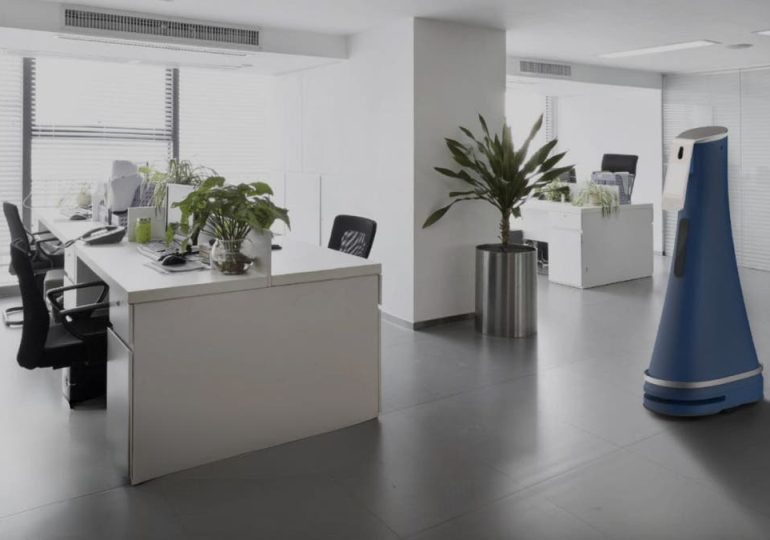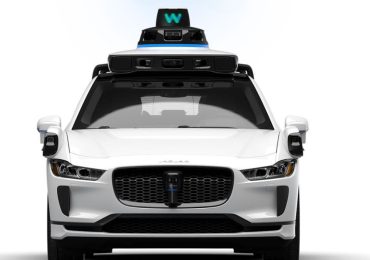They’re not your typical office workers. Standing at 5 feet tall and cruising through the corridors at a leisurely 3 mph, these robotic guards are the latest addition to workplace security.
Gone are the days of the traditional security guard. Now, robots are taking over the night shift and beyond.
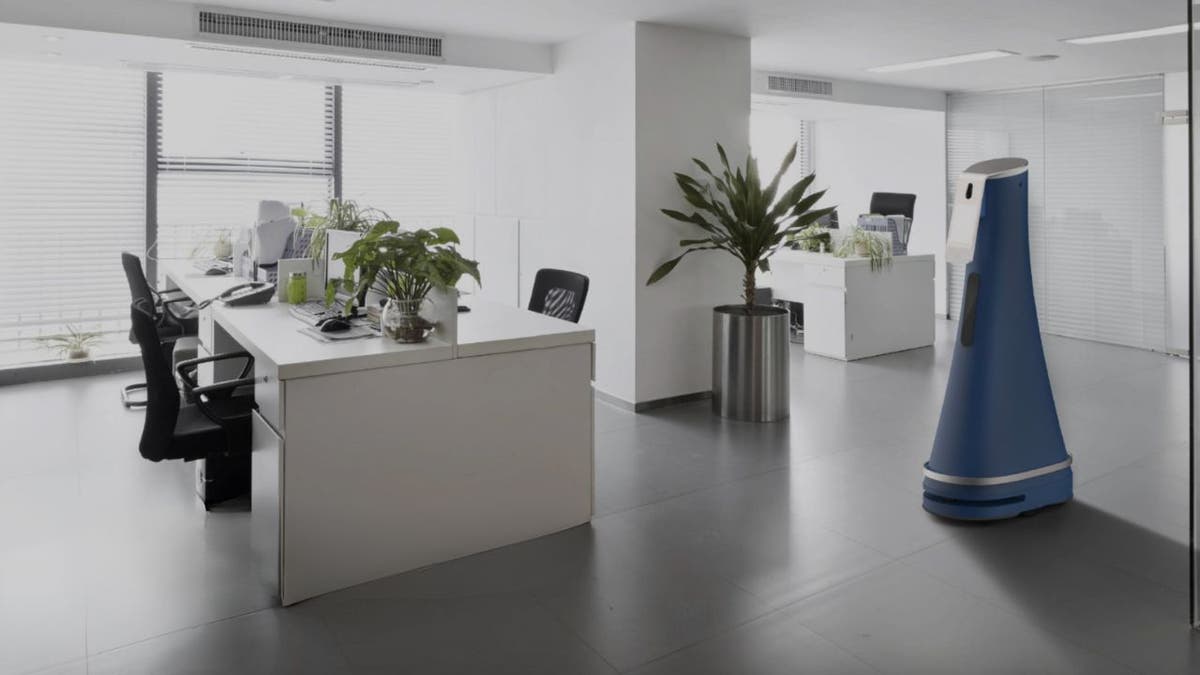
How do these security robots work?
Cobalt’s robots are custom-built to navigate the unique challenges of each building, from ramps to elevators. They patrol the hallways, vigilant for signs of trouble – be it an unusual motion after hours or a door left ajar – and report their findings to a human-staffed call center.
These robots can even spot things that might escape the watchful eye of a security camera. They can do this because they are equipped with a depth camera, heat-detecting thermal sensors, 4K cameras that can see 360 degrees, Lidar, as well as a Microphone array for listening and PA system for announcing.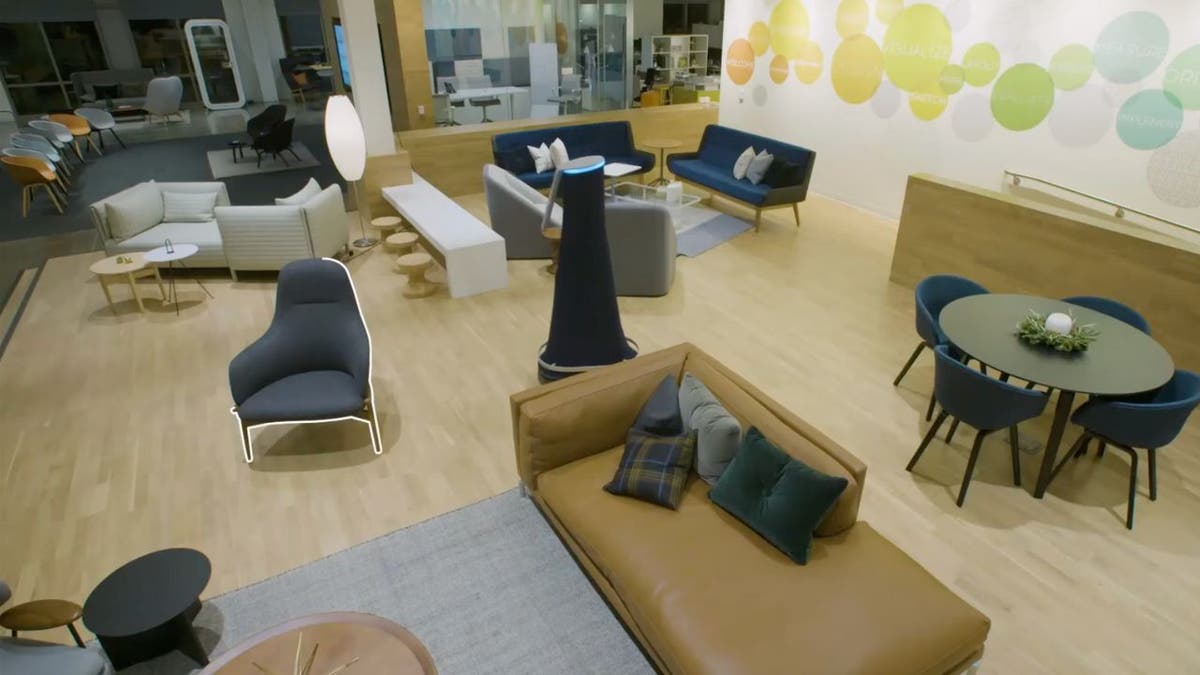
Security robot (Cobalt)
Interactivity and assistance of the security robot
With a simple tap on the screen, employees can summon a 24/7 specialist to address concerns ranging from spills, unwelcome visitors or suspicious activity. This seamless integration of technology and human oversight lets real-life guards spend more time responding and less time observing now that Cobalt is carefully watching on patrol and reporting back what it detects.WHAT IS ARTIFICIAL INTELLIGENCE (AI)?

Security robot (Cobalt)
MORE: ELECTRIC HUMANOID ROBOT TO SHAKE UP THE JOB MARKET
Case study: DoorDash
DoorDash has embraced Cobalt’s robotic guards across its corporate sites. The result? Enhanced security operations with fewer sick days, no HR complaints, and a boost in both accuracy and response times for security and safety-related incidents.
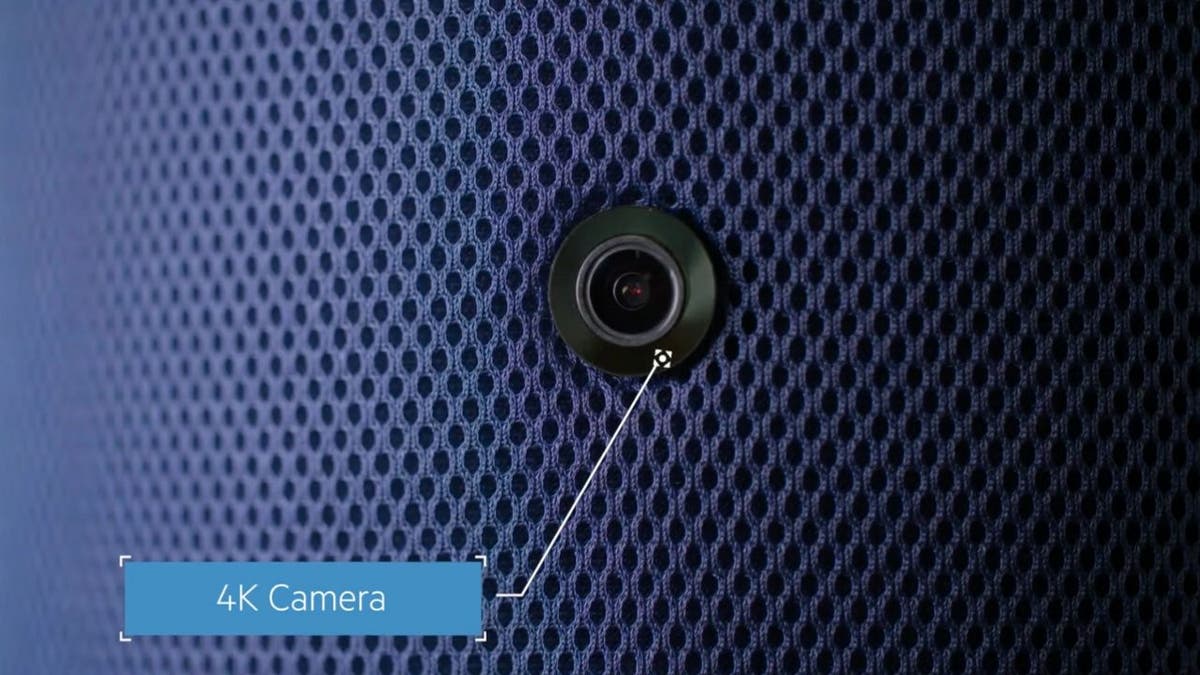
Security robot (Cobalt)
MORE: THE SHAPE-SHIFTING UNDERWATER ROBOT PIONEERING THE DEPTHS OF THE SEA
Robots vs. humans: The numbers
The driving force behind this robotic revolution is money. It’s far more economical for companies to deploy robots for round-the-clock security than to rely solely on human guards. According to Forrester Research, opting for a robotic guard over a human can lead to substantial savings – around $79,000 annually. That’s a figure that’s hard to ignore for any business looking to optimize its operations.
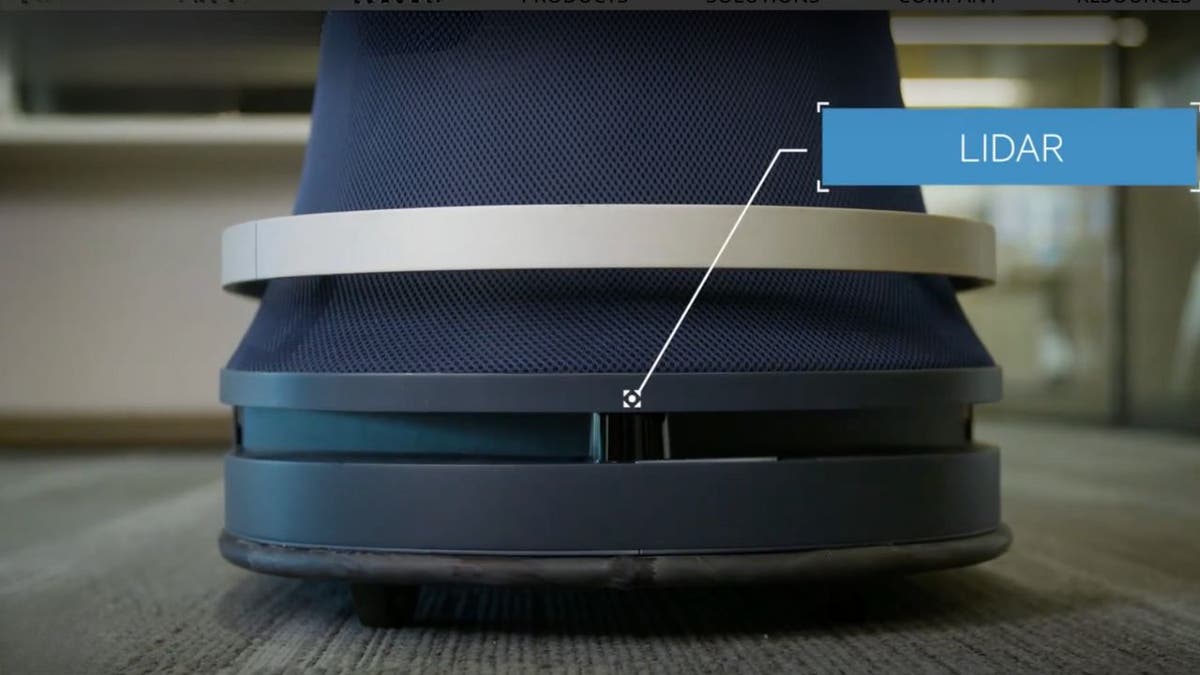
Security robot (Cobalt)
MORE: APOLLO THE ROBOT JOINS MERCEDES-BENZ ASSEMBLY LINE PRODUCTION
The competitive landscape of the security robot
The security robot market is heating up, with competition between indoor and outdoor models. While Cobalt’s robots are indoor specialists, others like Knightscope and SMP Robots are venturing into both terrains, including malls, hotels and industrial sites. And let’s not forget drones, which are starting to make their mark in the security domain.

Security robot (Cobalt)
Challenges and considerations of security robots
Of course, it’s not all smooth sailing. Security robots have had their share of mishaps, from minor accidents to malfunctioning in critical situations. And there’s the human factor to consider. Sometimes, nothing can replace the reassurance of a human presence in times of distress.
GET FOX BUSINESS ON THE GO BY CLICKING HERE
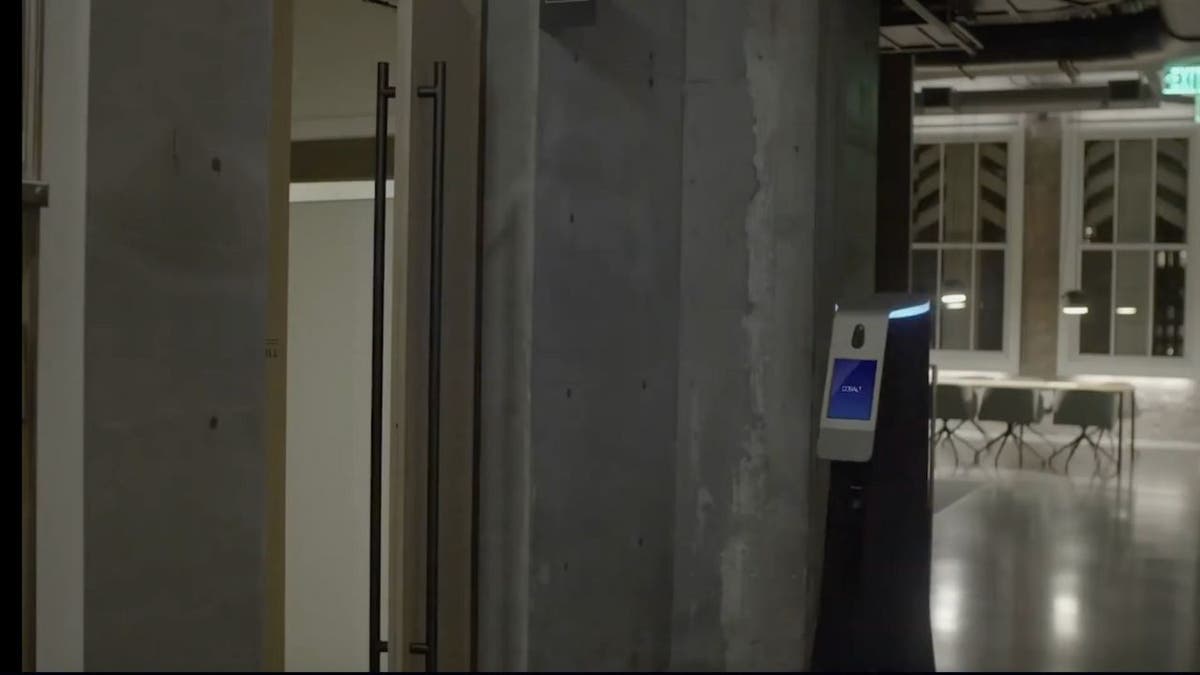
Security robot (Cobalt)
Kurt’s key takeaways
Despite the occasional glitch, the consensus is clear: Security robots are here to stay, and their presence is set to grow as the technology continues to advance. They may not replace human guards entirely, but they’re redefining the role and allowing humans to focus on more strategic tasks.
CLICK HERE TO GET THE FOX NEWS APP
What’s your take on these new robot guards? Do you think they’re as trustworthy as human security or are we moving too fast into a tech-driven safety zone? Let us know by writing us at Cyberguy.com/Contact.
For more of my tech tips and security alerts, subscribe to my free CyberGuy Report Newsletter by heading to Cyberguy.com/Newsletter.
Ask Kurt a question or let us know what stories you’d like us to cover.
Answers to the most asked CyberGuy questions:
Copyright 2024 CyberGuy.com. All rights reserved.




